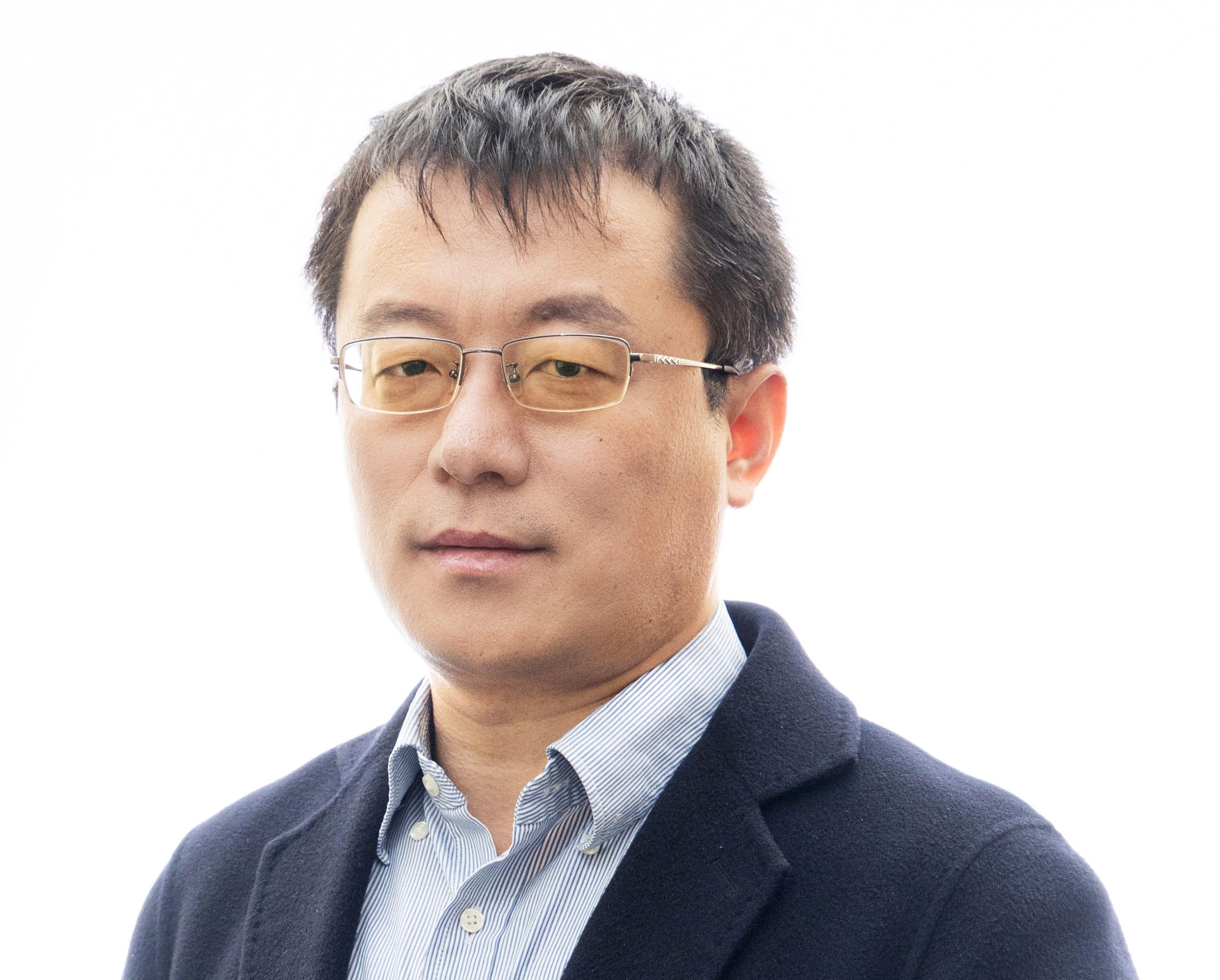- 제1공학관(102동) 501-6호
- sykwon@unist.ac.kr
FIND leads in the design and synthesis/processing of frontier low-dimensional (0D, 1D, 2D) nanomaterials with atomic-level controllability to make innovative applications possible. – Curriculum Vitae 2008~present: Professor, Department of Materials Science and Engineering, UNIST 2007~2008, Postdoctoral Scholar, Department of Materials Science and Engineering, UCLA 2005~2007,...



























